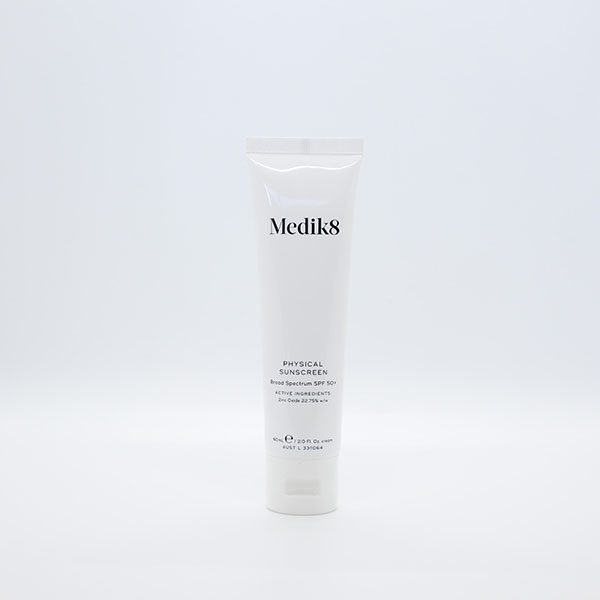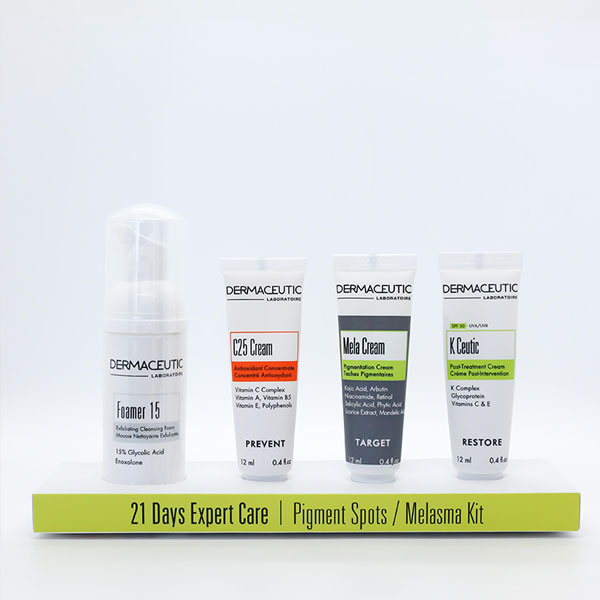Dermatologists may order patch testing to identify if there are any chemicals that are causing your rash. Common allergens include metals, preservatives, colouring & fragrances found in cosmetics & hair products. Certain patterns can point to an allergy including recurrent rashes on the eyelids, face, & neck. Once an allergen is identified, & avoided, there is a very good chance that your rash will be cured.
Key Points
- Patch testing involves a tiny amount or suspected allergens applied to your skin
- Substances are contained in patches, hence the name of patch testing
- The test is read at 48 & at 96 hours
- Once the allergen is identified you are in a better position to cure the rash
- Patch testing is not used to detect food or drug allergies
Skin Allergies & Patch Testing at a glance
Our results speak for themselves

Before
After
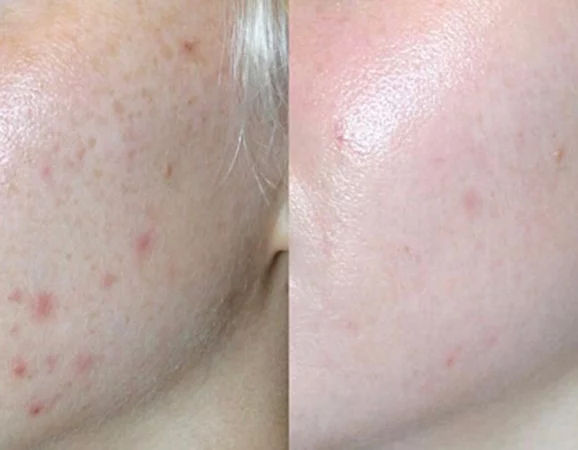
Chemical peel & anti-acne topical medications
Ask us more about this treatmant
Preferred Consultation
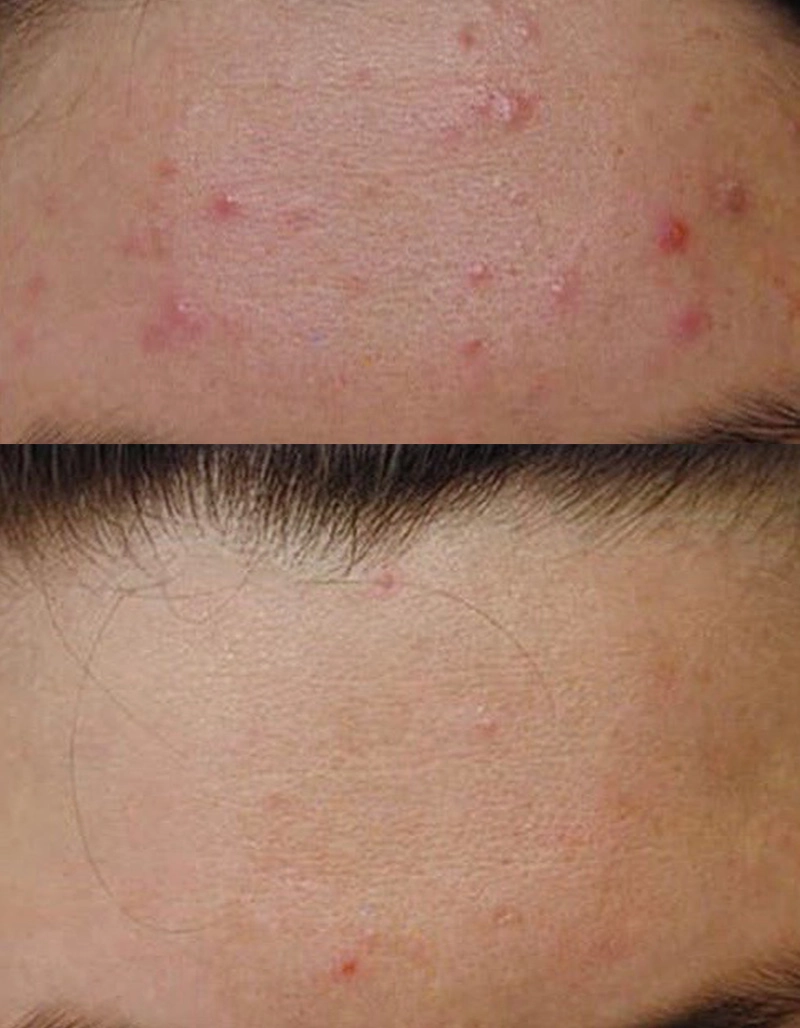
Before
After

Medical therapy for acne
Ask us more about this treatmant
Preferred Consultation
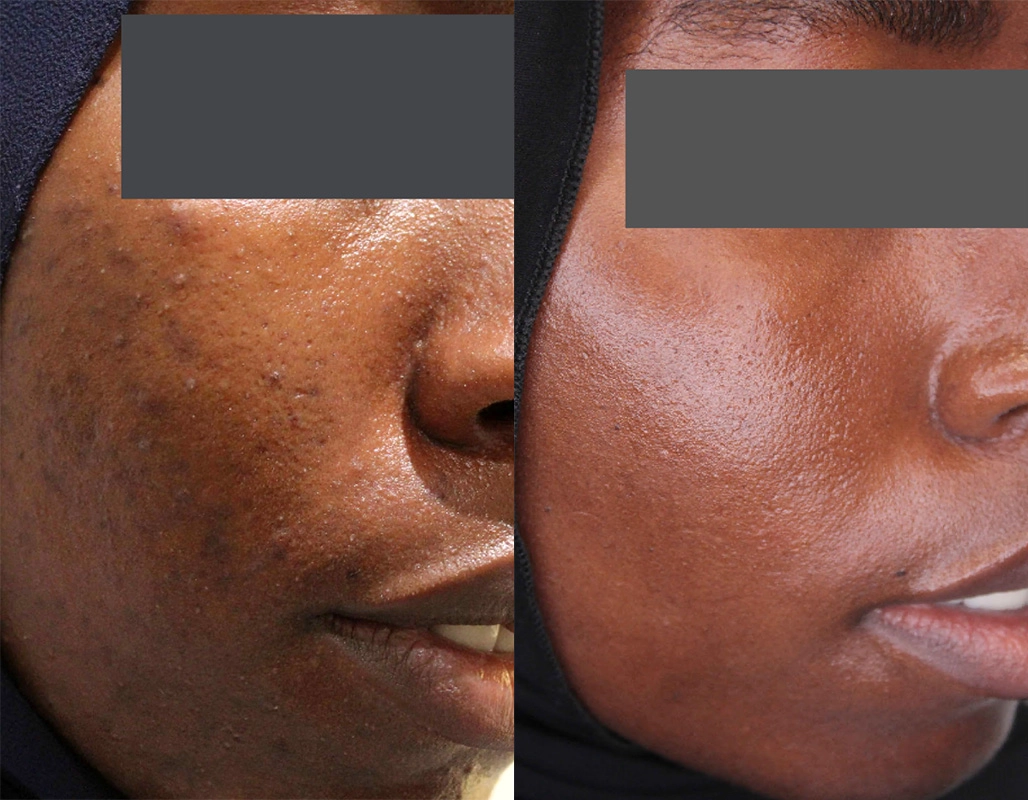
Before
After
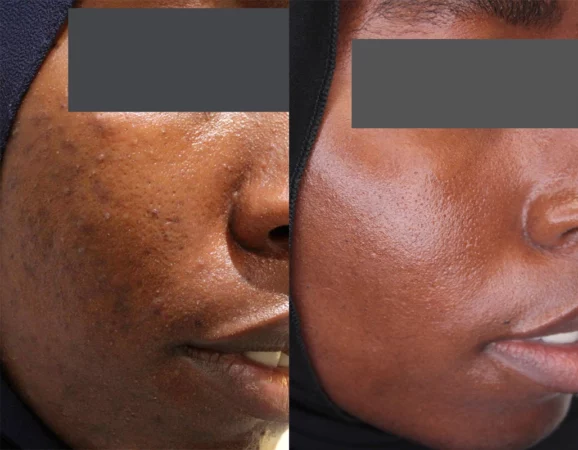
Post inflammatory hyperpigmentation treated with oral retinoids, SPF & topicals. PIH can self-resolve in some
Ask us more about this treatmant
Preferred Consultation
FAQs
Why patch test?
Patch testing investigates if one or more chemicals may be causing a rash. Most patients are unaware that there may be a skin allergy causing their eczema.
Allergic contact dermatitis occurs when you become sensitised to substances that touch the skin. The most common allergens include cosmetics, hair dye, preservatives, fragrance, & metals.
What dermatitis patterns are suggestive of allergic contact dermatitis?
A skin allergy may be suspected if you have unexplained rashes in adult life that follow certain distribution patterns including-
- Eyelid eczema: metal, & chemical allergies
- Rashes next to metal (earrings, lower abdomen): nickel allergy
- Fingertip eczema: glues & certain foods
- Face swelling: allergies to plants
- Blistering around wounds: topical medication allergies
- Hand eczema: chemicals at work, rubber, glove allergies
Scalp, face swelling: hair dye allergies
What allergens are tested?
Between 48 to 60 allergens are tested. The exact number will depend on your personal & occupational history. Broadly, we test for-
- Fragrances
- Metal allergies including nickel
- Preservatives
- Topical medications
- Personal cosmetics including hair products & cleaners
- Misc. chemicals including rubber accelerators
What is involved in patch testing for allergies?
Patch testing involves small amounts of suspected allergens applied to your back. These chemicals are contained in a patch, which is then taped onto your skin. The patches are left in place for 48 hours. They are then removed, and your skin is checked to see if any reactions have developed. This is repeated 48 hours later.
What does a positive test look like?
If positive your skin will be red or pink, raised & itchy. Blisters may occur if you have a strong allergic reaction.
This local reaction will resolve in a few days to a week. Your dermatologist can tell the difference between an irritant reaction & an allergic one.
Who performs patch testing?
Dermatologists conduct specialist patch testing. Only a few dermatology clinics in Brisbane do the testing. Dr Paul Teng has a special interest in patch testing at Cutis Dermatology.
What patients do we conduct patch testing on?
Patch testing benefits patients with a presumed allergy. These include recent unexplained & recurrent rashes either at home or in an occupational setting.
Occupations that are prone to allergies include hairdressers, bakers, nail technicians, dentists, & nurses.
Patch testing is not used to detect food allergies, or oral medication allergies. It has limited value for atopic eczema. Be guided by your dermatologist.
How long is the process of testing?
One working week.
- Patches are placed on a Monday.
- Removed on Wednesday for reading one.
- Read again on Friday.
*In rare cases you may have a delayed reaction that may occur on the Saturday to Monday post-test. If this occurs, take a photo & send it to us for interpretation.
How is patch testing different from skin prick testing?
Patch testing identifies substances that come into contact with skin.
Prick testing looks for foods, medicines or allergens that cause hives, hay fever & ingested allergies. Examples include house dust mites, animal danger, grasses, pollens, & medicines. Prick testing is conducted by immunologists.
How to prepare for patch testing?
Keeping the patches dry is the most important part of getting an accurate result. Water will often cause dilution of the allergens & will yield an inaccurate result. This applies for the whole 4-to-5-day period whilst the patch testing is conducted. Given Brisbane’s hot humid climate, your dermatologist may elect to conduct patch testing in the cooler months of autumn.
How do I look after my patch test?
Looking after your patch test during your testing period will give you the best possible chances of obtaining an accurate test. You must-
- Refrain from scratching Use the shower cautiously and attempt to sponge wash yourself whilst keeping the patches/markings out of the water flow.
- Shower the morning before your patch test (as you won’t be able to have a proper shower for at least a further 96 hours).
- Rest from exercise or sport that causes you to sweat.
- If you notice a patch coming away, try to tape it down yourself.
- Don’t take antihistamines during your test week
- Contact Cutis & speak to a nurse if you have questions or concerns.
Our specialist dermatologists are experts in the identification of possible skin allergies using a method called patch testing. Identification & avoidance of allergens can cure rashes secondary to allergic contact dermatitis.
What are the limitations of skin patch testing?
Patch testing does not detect reactions related to diet or inhalation which might produce sneezing, asthma, or hives. Skin prick tests to identify Ig E antibodies in the blood are required for this. This is conducted via allergists & immunologists, not dermatologists.
What does it mean if you have a positive test?
Your treating dermatologist will discuss responsible substances so that, where possible, you can avoid it. This means understanding what is safe & unsafe to use.
We will go through what products contain what chemical & also empower you to decipher the ‘ingredient list’ pertaining to cosmetics, creams & medications. By avoiding these allergens, your rash may disappear!
What does it mean if the skin allergy test is negative?
Don’t be disappointed if your patch test is negative, as it means none of the tested products you are using is the cause of your rash. A negative test can imply that-
- The condition is an irritant dermatitis
- It’s contact urticaria
- Other agents may be involved
- A false negative has occurred
What are the possible side effects with patch testing?
The biggest side-effect felt is itching. This can be marked if you are super allergic to a positive substance.
- Reactions can become red, swollen, or even blistered
- Strong positive allergies persistent reactions may occur which take a few weeks to disappear (post inflammatory pigment)
- Eczema may flare up, easily subsided with anti-inflammatories
- Inflammation may give pigment changes which may lighten or darken
Who are not candidates for skin patch testing?
Skin allergy patch testing is not conducted if-
- In pregnant or breastfeeding women
- Have active eczema on your back
- have been exposed to the sun for 1-2 weeks preceding the test
- Are on immunosuppressives (check levels with your dermatologist
Does patch testing pick up medication allergies?
No, you need to see an immunologist or allergist for this. We can however pick up allergies to topical medications including-
- Antiseptics
- Steroids
- Cleansers
- Cross reactions with anti-TB drugs & antihistamines
What is ROAT testing & when do we use it?
ROAT or repeat open application testing mimics real-life exposure to cosmetics. This test involved using your cosmetic product on the inner arm 3-5 times a day for a few days. It is useful if there is a doubtful reaction with patch tests.
Is patch testing useful if I have atopic dermatitis?
In most cases, no. If you have atopic eczema, you will most likely have allergies to animal dander, house dust mites, pollens & grasses. This is picked up on RAST or skin prick testing- preferably by a specialist immunologist over an ‘allergy doctor’.
Your dermatologist will guide you as to the need or patch testing based upon the history, clinical finings & your occupation.
Do we conduct photo patch testing?
No. This is a specialist test that is conducted via the photobiology department in Melbourne. It is done to confirm or exclude super rare allergies to sunscreen ingredients.
Is patch testing useful for medico-legal reports?
They can be very useful; however, a negative test needs to be carefully interpreted. In fact, a positive one still needs clarification as to the source of the allergen as it can occur both at work & at home.
Allergic contact dermatitis is very different from irritant contact dermatitis. The latter occur frequently if the skin’s barrier is disrupted. Examples include occupations that require frequent hand washing, such as hairdressers, nurses, dental technicians, dog washers & bakers. An irritant dermatitis may predispose to allergic contact dermatitis. Your treating dermatologist will go into more details.


